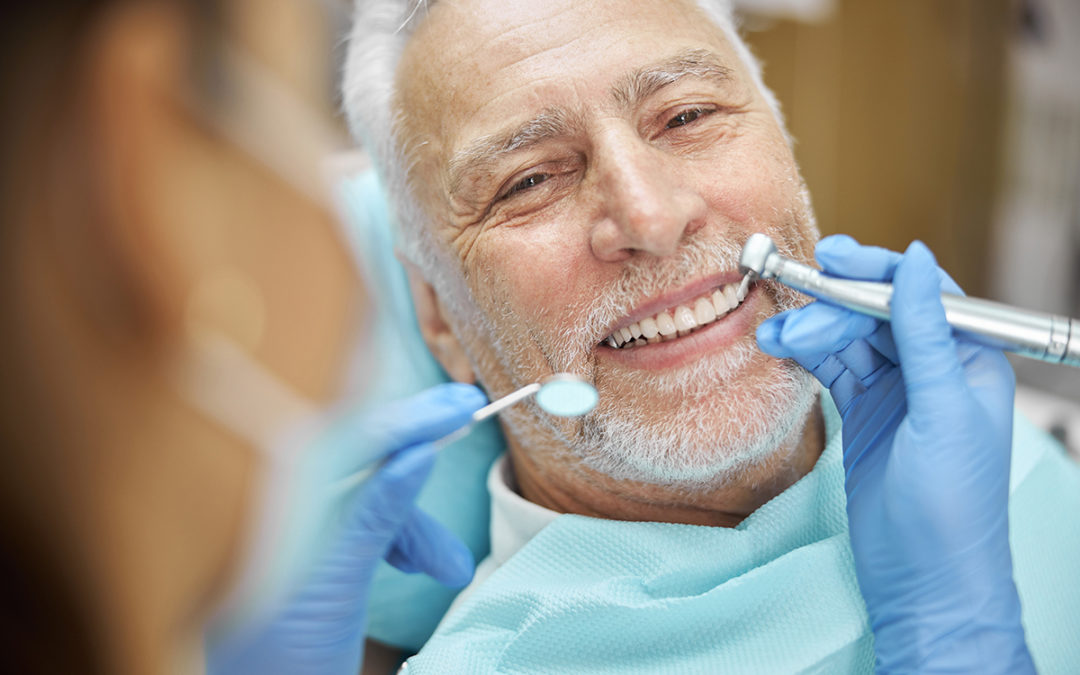Oral cancer affects up to half a million people around the world each year, according to the Oral Cancer Foundation.
But advances in modern dentistry have given dentists the information to do early screenings that detect symptoms in the very early stages.
In this article, we share what to expect when you have an oral cancer screening, either as a part of your routine preventative care by your family dentist surprise, AZ, or due to any worrisome health symptoms.
What Is Oral Cancer?
As the American Dental Association (ADA) explains, there are actually two different types of mouth cancer.
The first type appears in the mouth itself and the second type appears in the area of the upper throat, tonsils and back of the tongue.
Maintaining affordable dental care surprise can help ensure that any early signs or symptoms of oral cancer will be caught quickly so you get can immediate treatment.
Who Is at Risk for Cancer of the Mouth?
As WebMD points out, certain people have a higher risk for developing pre-cancer or cancer of the mouth tissues.
These risk factors are thought to predict a higher risk for developing cancer of the mouth and oral tissues:
- Being male
- Being age 50 or older
- History of smoking or nicotine use
- History of excessive alcohol use
- Genetic history of oral cancer
- History of early sun over-exposure
- Past incidence of HPV (human papilloma virus).
However, approximately one-quarter of diagnosed patients do not have a past history of smoking or alcohol abuse.
What Are the Symptoms Associated With Oral Cancer?
In this section, we take a look at the most commonly reported patient symptoms that are thought to indicate oral pre-cancer or cancerous conditions.
- Bleeding that cannot be attributed to any other cause
- Sores, ulcers, lesions, patches of red or white that show up and do not resolve.
- Persistent soreness, tenderness, redness or irritation that does not go away.
- The feeling of a lump, a thickened area of tissue, a crusty area or a depression in the tissue that does not heal.
- Changes in bite alignment
- Changes in mouth, tongue or jaw function that lead to difficulty swallow, speaking or chewing.
- A persistent sore throat
- Hoarseness, numbness or laryngitis
- An un-explained change in voice
The best dentist surprise, AZ, will be skilled in recognizing these early warning signs and recommending a full screening to identify what is causing them and get you the appropriate treatment.
What Is the Screening Process for Mouth Cancer Like?
As the National Cancer Institute explains, there is no one single standardized diagnostic and screening process to detect mouth cancer.
In fact, typically screenings are preventative rather than diagnostic in nature. The goal is to detect any changes or early warning signs while they are still in the pre-cancerous stages.
It can be very stressful to suspect you may have mouth cancer. Knowing what to expect when you visit your dentist for dental health care surprise can help ease the stress somewhat.
1. Take your individual and family medical history.
It will be very important for your dentist to learn about your individual and family medical and dental history.
This offers a good opportunity to pinpoint recent changes to oral health, bite alignment, jaw health, recent problematic symptoms and other warning signs.
As part of this process, it will be very important for you to find out if family members have had mouth cancer, as this may indicate you are at higher risk as well.
And your dentist will ask you about your personal and lifestyle habits, including diet, exercise, sleep quality, hydration, tobacco and alcohol use.
2. Do a thorough examination of your mouth, throat and jaw.
The first step in the mouth cancer screening process will be for your dentist to do a thorough visual and manual examination of your mouth, teeth, gums, tongue, tonsils and upper throat.
Your dentist will be looking for areas that may be tender, discolored, misshapen or changed in some way that could indicate early onset of mouth cancer.
Your dentist will also examine and then palpate your face and throat to detect any unusual lumps, swollen lymph glands, tender areas or other warning signs.
3. Order diagnostic tests as needed.
Your dentist may want to take tissue samples of a lump, bump or discolored area to have it analyzed for the presence of cancerous cells.
As Colgate points out, today’s diagnostic tests are painless and fast.
There is a small scraper tool that painlessly collects cells for diagnostic testing. There is a blue light tool that can detect subtle tissue changes non-invasively.
There is also a mouth rinse that, while not wonderful tasting, is certainly not painful and can help identify tissues changes.
And there is a small camera that your dentist can use to look into less-accessible areas like the nose and the back of the throat. Typically, only mild topical anesthetic is required to use this camera as part of the diagnostic process.
What to Expect After Your Mouth Cancer Screening
Once your mouth screening is complete, your dentist may need to wait for the results of any diagnostic tests. Or perhaps the examination did not yield any major warning signs at all and you seem perfectly healthy.
Depending on the results of your screening, you may need to simply return regularly for a re-screening. This may be especially recommended if you smoke, vape or use nicotine or you drink alcohol regularly.
Or your dentist may refer you for more tests to investigate symptoms that may or may not be connected with developing mouth cancer.
It will be up to you and your dentist to decide what makes the most sense for your unique situation, your preferences and your individual and family medical history.
Having regular screenings can help keep you safe from mouth cancer.

